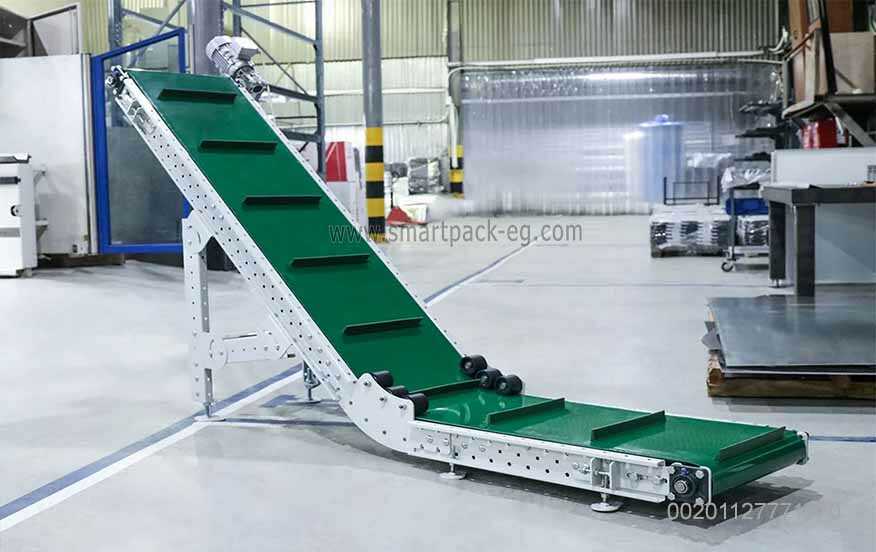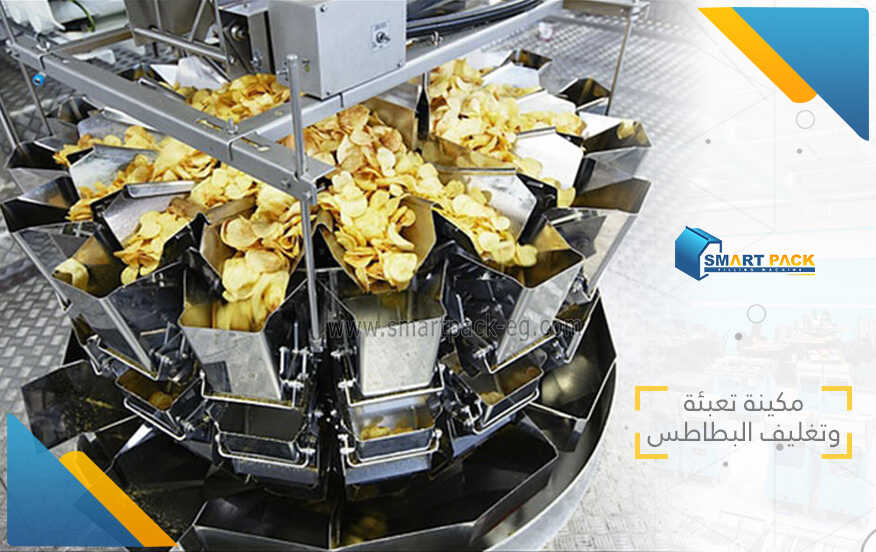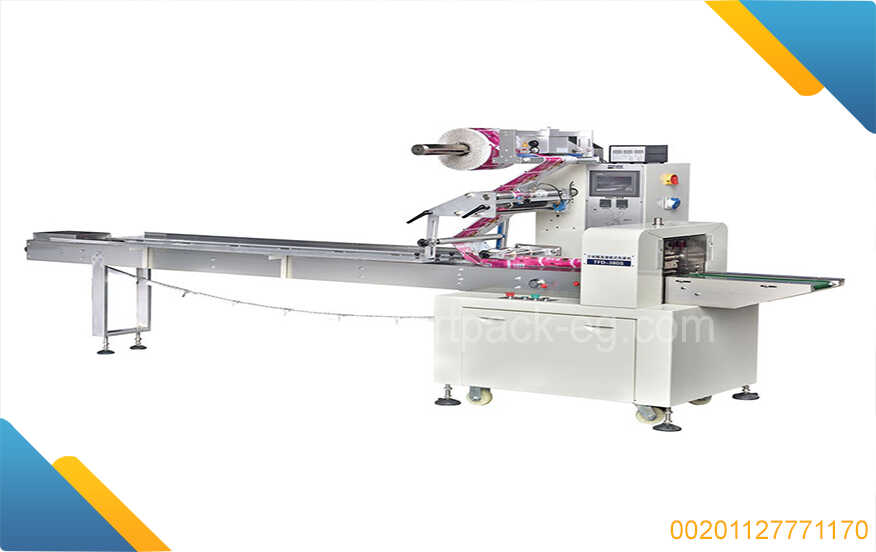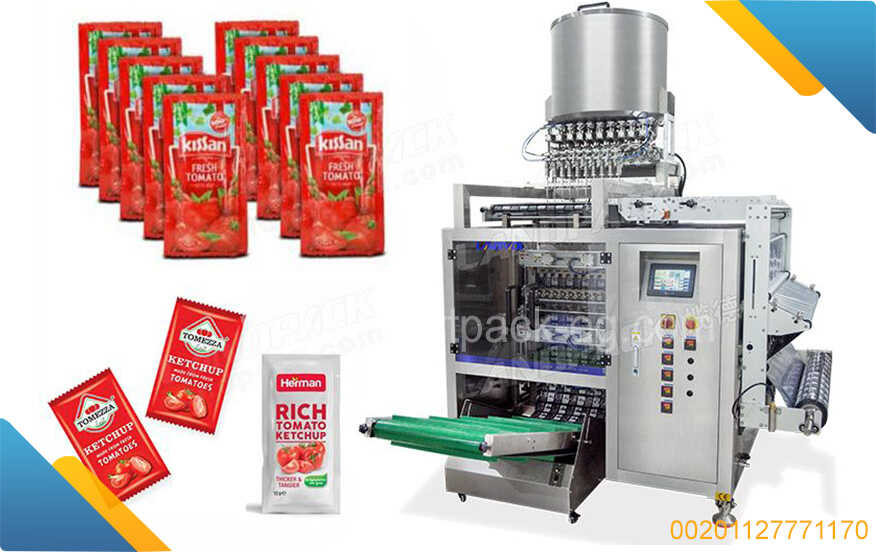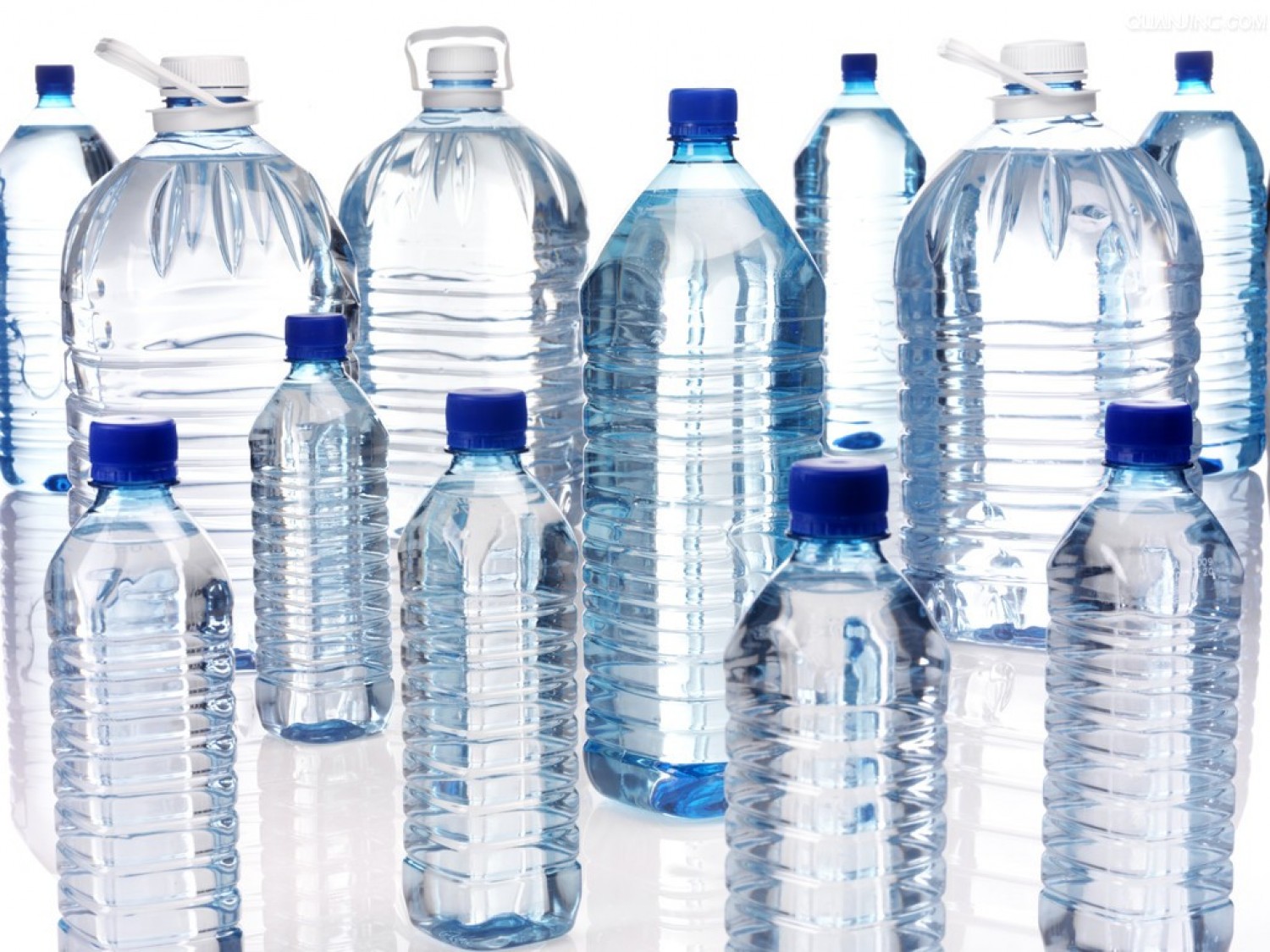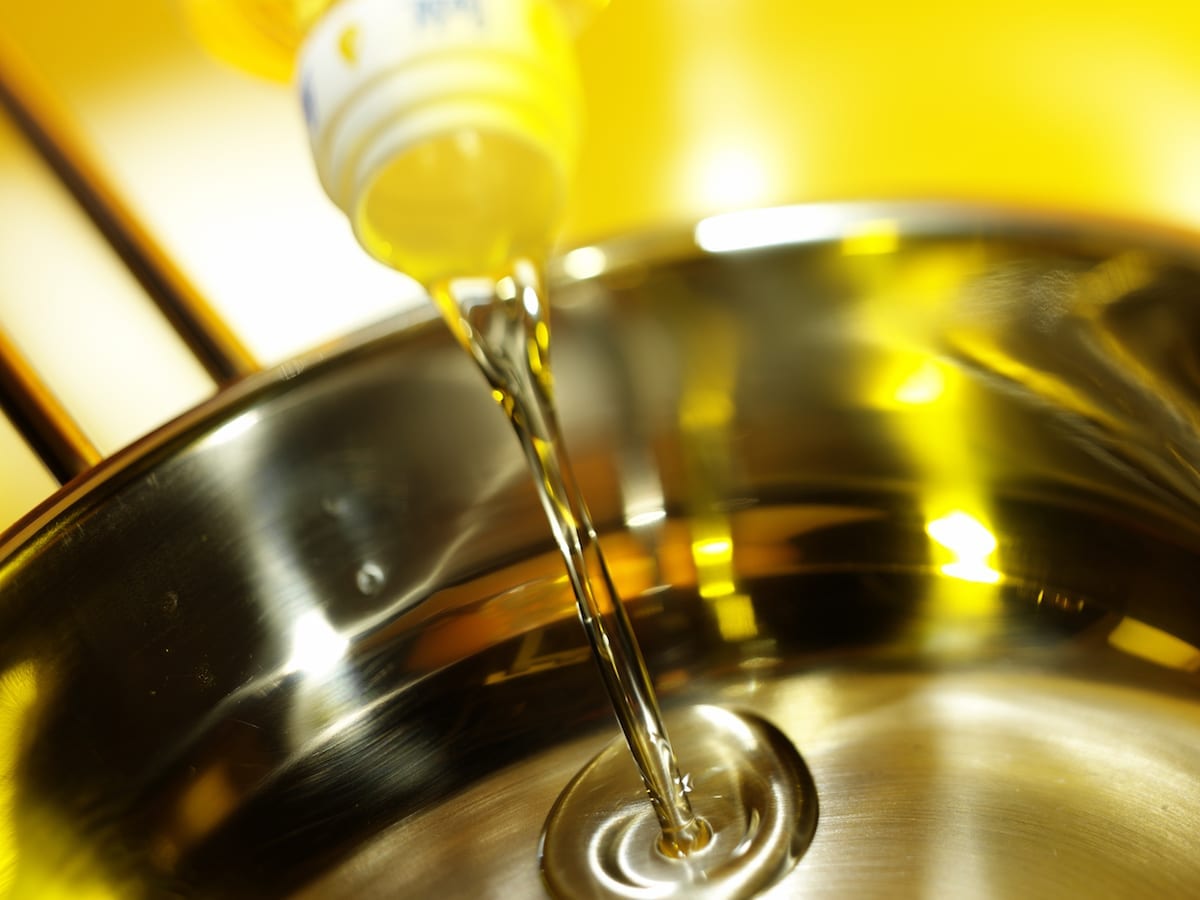How to Guide: Manufacturing Corn Oil and Product Packaging
Introduction:
In this guide, I will walk you through the process of manufacturing corn oil. We will cover the manufacturing method, the product packaging machine, and the production line. By following these steps, you can successfully produce high-quality corn oil while maintaining efficiency and ensuring consistency in your final product.
Manufacturing Method:
-
Raw Material Selection:
- Start by selecting high-quality corn kernels. Ensure that the corn is clean and free from moisture or any foreign materials that could affect the quality of oil.
-
Cleaning and Drying:
- Thoroughly clean the corn kernels using a vibrating sieve or air blowers to remove dust, dirt, stones, and other impurities.
- After cleaning, dry the kernels to reduce the moisture content. This can be achieved through a process like hot air drying or using a rotary dryer.
-
Grinding and Milling:
- Grind the dried corn kernels into a fine powder using a hammer mill or a disc mill.
- Mill the ground corn into a smooth and consistent paste. This can be done with the help of a wet milling process, where water is added during grinding.
-
Extraction of Oil:
- Separate the oil from the corn paste by pressing or using a solvent extraction method.
- Pressing: Use an expeller press machine to mechanically extract the oil from the paste.
- Solvent Extraction: Utilize a solvent like hexane to dissolve the oil from the paste, followed by evaporation to remove the solvent.
-
Refining and Filtering:
- Refine the extracted oil to remove impurities and enhance its quality. This process typically involves degumming, neutralization, bleaching, and deodorization.
- Filter the refined oil through filter presses or centrifugal separators to remove any remaining solid particles or sediments.
Product Packaging Machine:
Once the corn oil is ready for packaging, it's crucial to ensure efficient and precise packaging using proper machinery. Here's an overview of the product packaging machine:
-
Selection of Packaging Machine:
- Consider the volume of production and the desired packaging style (e.g., bottles, pouches, or cans) to choose the appropriate packaging machine.
- Options include automatic filling machines, rotary fillers, or form-fill-seal machines.
-
Installation and Calibration:
- Set up the packaging machine according to the manufacturer's instructions.
- Calibrate the machine to ensure accurate measurement and filling of the corn oil into containers.
-
Preparing Packaging Materials:
- Procure high-quality packaging materials such as bottles, pouches, or cans made from food-grade materials.
- Ensure that these materials are clean, properly labeled, and meet all necessary regulatory requirements.
-
Filling and Sealing:
- Adjust the packaging machine settings for accurate filling of the corn oil into the chosen containers.
- Seal the containers tightly using appropriate closures such as caps or lids.
Corn Oil Production Line:
To ensure a smooth and efficient manufacturing process, it is essential to establish a well-designed corn oil production line. Here are key considerations:
-
Layout Planning:
- Design a layout that optimizes workflow efficiency, minimizes cross-contamination risks, and facilitates maintenance and cleaning activities.
- Ensure that all equipment within the production line, such as mills, presses, refining units, and packaging machines, are well-organized and easily accessible.
-
Standard Operating Procedures (SOPs):
- Develop SOPs outlining step-by-step instructions for each stage of the production process.
- SOPs should cover machine operation, quality control checks, maintenance procedures, and safety protocols.
-
Quality Control Measures:
- Implement stringent quality control measures at various stages of production.
- Regularly sample and test the corn oil for parameters such as acidity, peroxide value, color, and odor to ensure product consistency and adherence to quality standards.
-
Maintenance and Cleaning:
- Regularly maintain and calibrate all machinery in the production line.
- Establish cleaning schedules to prevent contamination and ensure compliance with food safety regulations.
Conclusion:
By following this step-by-step guide, you can successfully manufacture corn oil with high quality and maintain efficiency throughout the process. Remember to select the best raw materials, follow proper extraction and refining techniques, use appropriate packaging machinery, and establish an efficient production line. Regular maintenance, quality control, and adherence to safety protocols are vital to producing top-notch corn oil consistently.

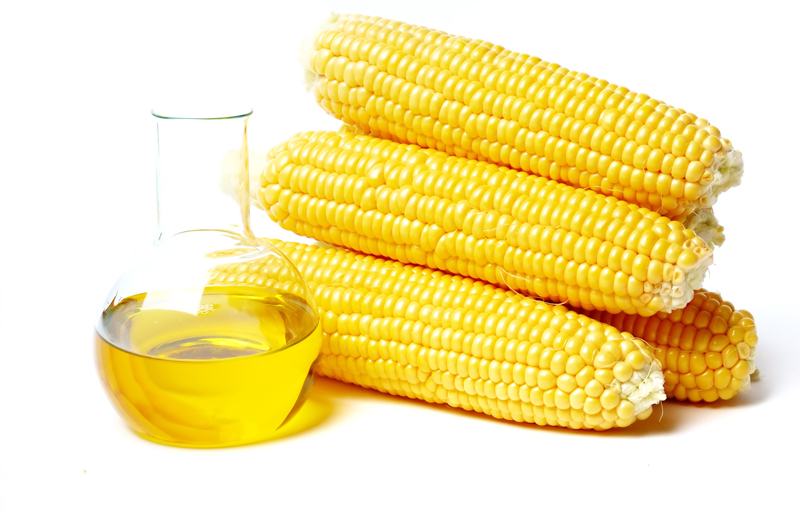
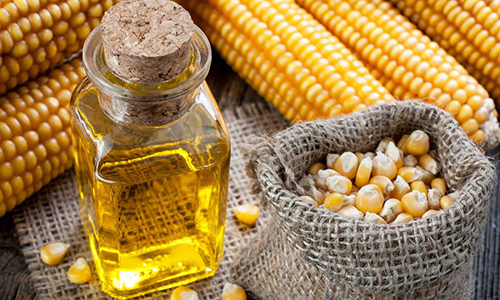
 Admin
Admin 